Sigma 18-50mm F2.8 DC DN Contemporary Lens Review:
As some of you know, I’m a big fan of Leica, and their APS-C mirrorless system but it’s no secret that there just aren’t a ton of lenses out for the system. Yes, we have M, and full frame L mount optics but it just isn’t the same as having native APS-C lenses with autofocus. Well, I’m happy to report that today, Sigma has just announced the new 18-50mm F2.8 DC DN Contemporary priced at just $549. Release date is around the end of October. Thanks to them, I was able to test it out before hand to get a feel of it, and to experience its capabilities. I’ve been using it exclusively with the Leica CL, and here’s what I think of it.
Thanks for taking the time to read my review! If you’re considering purchasing this lens, and my review helped, please consider purchasing from any of the links mentioned in this review, which in turn, helps support this site. I get a small commission but it will not cost you anything extra. Thank you!
Sigma 18-50mm F2.8 DC DN Contemporary Lens Build Quality:
Let’s start off by taking a look at the build. Overall, the 18-50mm F2.8 feels great in the hands with its build being excellent. For one, it’s very solid in terms of feel, and this is thanks in part to the barrel being made from Thermally Stable Composite (TSC). This type of polycarbonate, which is used in many other Sigma lenses, has thermal characteristics similar to aluminum, so it basically means that you can expect stable, consistent performance even during big temperature changes. The internal parts are also made of metal, which allows them to be thinner with higher rigidity. This in turn means the lens can stand up to more robust use over time. In other words, this lens is built to be used a lot. Lastly, there is a high-precision, brass bayonet mount with a dust and splash-resistant structure.
↑ The Leica CL with the Sigma 18-50mm f2.8 DG DN Contemporary lens attached.
Moving on to the features, the zoom ring offers up a particularly nice feel to me. I was pleasantly surprised at just how smooth it was when I first tried it. It really feels like a high quality part, and it’s definitely one of the better ones that I’ve used regardless of manufacturer. Not only is it smooth, there’s nice resistance to it as well which will give you a better feel as you rotate it. Lastly, the lens’ focus ring is also very smooth in operation.
As for ergonomics, this has to be one of the best lenses available for the Leica APS-C mirrorless system. I was, quite frankly, a bit shocked (in a good way) at the size of this lens, when I first opened the box. I couldn’t believe it. According to Sigma, this is the smallest, and lightest f2.8 standard zoom for crop-sensor mirrorless cameras, as of October 2021, and I don’t doubt this statement at all. It is simply tiny, and it’s pretty incredible considering we’re getting a 27-75mm equivalent focal length range with a fast, fixed maximum aperture of f2.8. The dimensions are 2.6 × 2.9 in. (65.4 × 74.5mm). As for weight, it’s just 10.2 oz. (290g) (L-mount).
↑ Here’s a top view of the lens and camera, so you can better see the size of the 18-50mm.
↑ Here’s the 18-50mm f2.8 zoomed out to 50mm. As you can see, it’s still very compact.
Normally, you would think that with a fixed f2.8 aperture, the 18-50mm F2.8 DC DN Contemporary would be kind of big and heavy. For instance, my own APS-C system consists of the Fujifilm X Series, and I use their kit lens, the XF 18-55mm f2.8-4, as my day-to-day instead of their XF 16-55mm f2.8. The latter is just too big and heavy for everyday things for me. However, with the Sigma 18-50mm, we’re getting a lens that is technically a grade above a kit lens offering, all while also keeping the size, and weight of a kit lens. So in other words, I’m getting a lens that is an ideal companion for travel, and day-to-day shooting but I’m also getting a large, fixed maximum aperture with the optics to back it up. This is very cool in my book.
↑ Even compared to an average size M lens, (the Summilux-M 50mm f1.4 ASPH), the Sigma 18-50mm f2.8 DG DN Contemporary lens is still very compact. Unlike an M lens, there’s also autofocus.
So, it should come to no surprised that the 18-50mm f2.8 matches superbly with cameras like the Leica CL. Traveling around the city with this combo was a fantastic experience. This lens is light enough where it didn’t throw the balance off the CL when it was mounted yet it is still heavy enough to feel like a high quality product, and to add a little stability while shooting. As for size, the 18-50mm f2.8 is small enough that, it gives a lot of fixed focal lengths a run for their money, so not only is it easy to carry around all day long, you can be a little sneakier when it comes to street shooting and candids.
Honestly, this is the type of lens we need to see more of for cameras like the ones in the Leica APS-C mirrorless system. One could argue that you could take out M lenses but I want autofocus, and let’s be realistic: it’s just not the same to have non-native lenses attached. If I buy into a system, I want lenses specifically designed for it, and I suspect many feel the same. Plus, there are no compact zoom M lenses out there. One could argue you could attach full frame L mount lenses to something like a CL but those are, often times, huge, especially fixed, large maximum aperture zooms. In my opinion, Sigma really did a good job here.
So, besides being built well, and having, quite simply, some of the best ergonomics for a lens in this class, a compact petal shaped lens hood is also included. It’s a simple, twist on locking type that is designed to protect against flare and ghosting. It can also help protect the front element from light physical impacts.
↑ Here’s the lens hood attached.
Sigma 18-50mm F2.8 DC DN Contemporary Lens Autofocus:
Let’s move on to the autofocus now. The 18-50mm F2.8 DC DN Contemporary uses a stepping motor, which provides fast, and accurate autofocus. There’s not much to say because I really had no issues using it with the CL. It caused me no drama whatsoever. I also was able to use it with the face detection turn on in my CL, and the autofocus worked great with that feature. It’s worth noting that the autofocus is also near silent as well.
To add to this lens’ versatility, it also achieves a minimum focusing distance of 4.76 inches, and a maximum magnification ratio of 1:2.8 at the wide end in terms of focal length. So, while the 18-50mm f2.8 isn’t quite a macro, it still has macro-like capabilities, which should make this lens even more of an all-in-one for a lot of users.
Sigma 18-50mm F2.8 DC DN Contemporary Lens Image Quality:
Now, you would think that with a lens this compact, and with a large fixed maximum aperture of f2.8 that there would be some compromises somewhere. Well, after testing it out, I definitely don’t see much compromising in terms of image quality. In fact, I’m quite impressed with what I was able to get out of this lens.
↑ Here’s a photo inside the Oculus taken with 320 ISO and f5.6. The 18mm focal length was used.
↑ This was taken with the 23mm focal length using f4.5 and 400 ISO.
↑ This photo was taken with the 20mm focal length using 200 ISO and f8.
For one, sharpness is excellent. At f2.8, you can clearly see all the little details, especially in the center with only a very slight loss of definition in the edges. As you stop down just a bit, sharpness increases slightly. I would say f5.6 and f8 are the areas that you want to be around, if you want the absolute sharpest images. With that said, this is a review, so in the real world, I don’t think it really matters what aperture you’re at because overall, I’ve achieved excellent results throughout this lens’ aperture range. For instance, feel free to use it wide open because you’ll achieve great results. The lens can be quite sharp, and have really nice pop to the images.
↑ Here’s a photo of the WTC taken with the 19mm focal length. I used 100 ISO and f8.
↑ Here’s a 100% crop of the photo above.
↑ Here’s a photo taken with the 25mm focal length. I used f5.6 and 100 ISO.
↑ Here’s a 100% crop of the photo above.
↑ Here’s a photo taken with the 50mm focal length. I used f2.8 and 100 ISO.
↑ Here’s a 100% crop of the photo above.
In addition, there are other features that make this lens excellent and a superb match for the CL. For one, color and contrast are great. Flare really wasn’t an issue for me, and I’ll admit that I have a tendency to not use a lens hood much, if I can get away with it. I just don’t like carrying extra stuff. There is some vignetting at wide open aperture but by stopping down to just f4, most of it is nearly gone. This applies to all focal lengths in the zoom range. Chromatic aberration seems to be very well-controlled as well with the exception of just one case. However, this case was an extreme example where I had a big blown out area in my photo too, and even then, it wasn’t bad at all. Overall, this lens has performed superbly, and I’ve been very happy with the images I was able to get with it.
↑ This is a photo of the Woolworth Building taken with the 23mm focal length. I used f11 and 250 ISO.
↑ Here’s a photo of the Red Cube in downtown Manhattan taken with the 18mm focal length. I used f2.8 and 200 ISO.
↑ This photo was taken with the 18mm focal length using f8 and 125 ISO.
Sigma 18-50mm F2.8 DC DN Contemporary Lens Bokeh:
With a fixed max aperture of f2.8, and a focal length range that goes up to 50mm, a thin depth of field is achievable. It depends on the focal length used, the distance away from the subject, and of course, if you’re using a large enough aperture to take the shot. When you do achieve a shallow depth of field, the 18-50mm f2.8 produces very smooth and inviting bokeh with nothing harsh, thanks in part to its rounded 7 blade diaphragm. I’ve reviewed nearly the entire Sigma L mount catalogue of lenses, and one trait that they always have in common, at least to me, is great bokeh. This lens is clearly no exception.
↑ Here’s a photo taken with the 50mm focal length using f2.8 and 500 ISO.
↑ Here’s another photo taken using f2.8. I used 100 ISO and the 36mm focal length.
↑ This photo was also taken with f2.8. I used the 30mm focal length and 100 ISO.
Pros And Cons:
Pros:
- Well-built.
- Fantastic ergonomics: compact and light.
- Mount has dust and splash-resistant structure.
- Quick, accurate, and near silent autofocus.
- Excellent image quality.
- Fixed and fast maximum aperture.
- Price is excellent.
Cons:
- For some, lack of image stabilization although it wasn’t an issue for me at all.
Sigma 18-50mm F2.8 DC DN Contemporary Lens Verdict:
To me, the 18-50mm F2.8 DC DN Contemporary is another winner from Sigma. I feel they really took the time here, and did their research to make sure they would be able to design a lens that not only performs well but also something that, quite frankly, people would want to take with them everywhere as opposed to leaving it at home.
↑ Here’s a photo taken using the 22mm focal length. f8 and 500 ISO was used.
↑ In this photo of Trinity Church, I used the 32mm focal length. The settings were 320 ISO and f8.
↑ This photo was taken with the 30mm focal length. The settings were f6.3 and 250 ISO.
As I mentioned, the build and ergonomics are just superb. The lens is solid, so it matches cameras like the CL perfectly. As for ergonomics, I couldn’t ask for better. You’re basically getting a lens that’s a step above a kit zoom without the sacrifices one might have to make like increase size and weight. It’s not only significantly lighter, and smaller than other lenses like say Fujifilm’s XF 16-55mm f2.8, it’s actually around the same size as kit lenses like the XF 18-55mm f2.8-4. To top it off, the asking price of the 18-50mm is actually less than both those zooms mentioned. The Fujifilm XF 16-55mm f2.8 is $1,199, while the XF 18-55mm f2.8-4 is $699. That’s impressive in my book.
↑ Here’s a photo taken with the 18mm focal length. I used f8 and 100 ISO.
↑ This photo was taken using f8 and 160 ISO. The focal length used was 18mm.
Of course, overall performance is excellent. The autofocus, for example, is not only quick but accurate and nearly silent. Its versatility is not only enhanced by its fast, fixed maximum aperture and zoom range, it also has the ability to focus rather closely. The optics are also exceptional, so you know in the end, you’ll great images, which is what really counts.
↑ This photo was taken using the 19mm focal length. The settings were 160 ISO and f8.
↑ This photo was taken with the 18mm focal length using f8 and 100 ISO.
↑ Here’s one last photo of the Leica CL with the Sigma 18-50mm f2.8 DG DN Contemporary lens attached.
Every time I pull out the CL to do a review, I get comments from CL, and TL users about how Leica should come out with more APS-C lenses, so I honestly feel like the 18-50mm f2.8 is a much needed lens in the L Mount Alliance. There are more, and more lenses in the L Mount Alliance, which is great but rarely in the APS-C world. For a zoom of this range, I feel it has it all: build, size, performance, and price. Sigma really hit the bullseye here (again), and it’s clear that this is a company that is actually listening to its users. Bottom line is, if you’re in the market for a standard zoom, this is a must buy in my opinion.

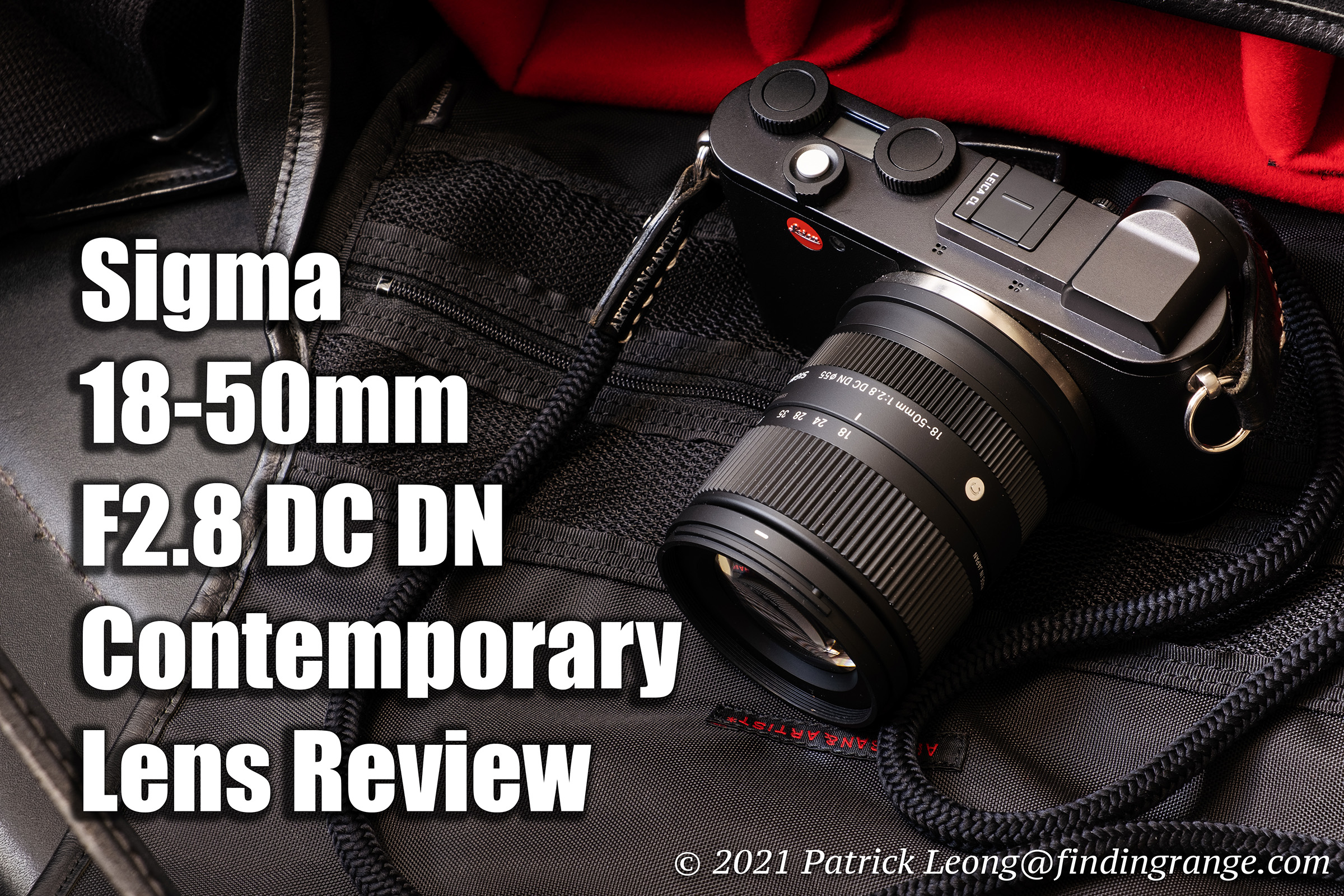

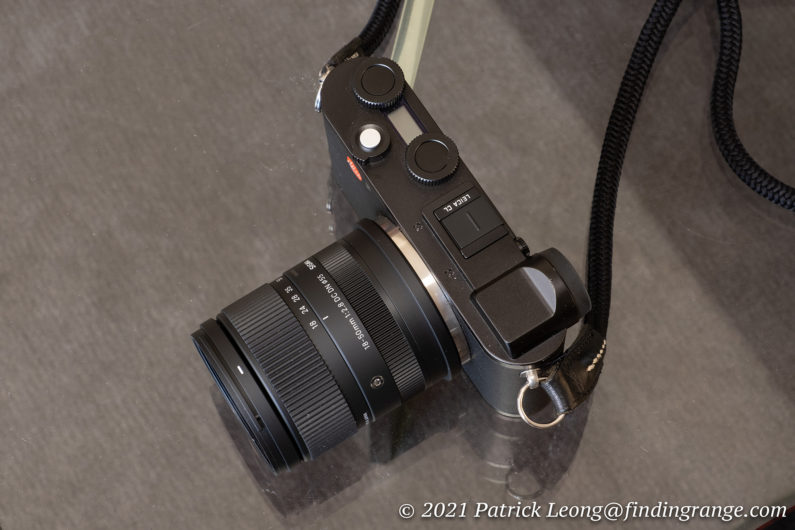
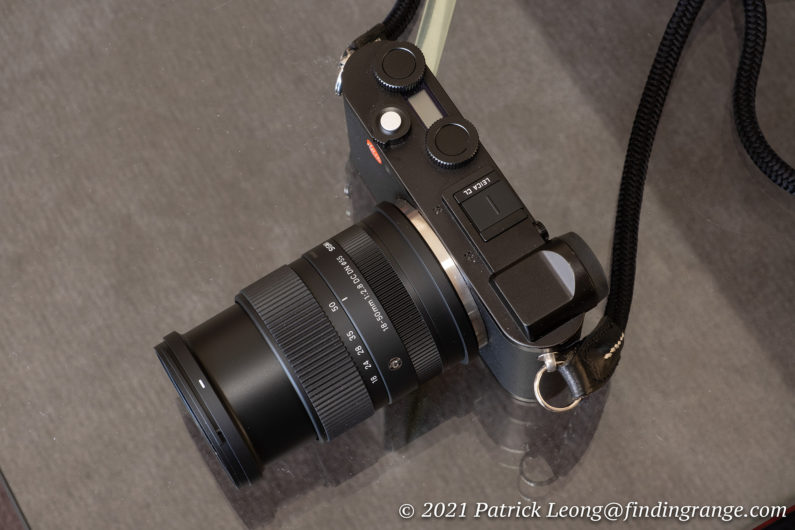
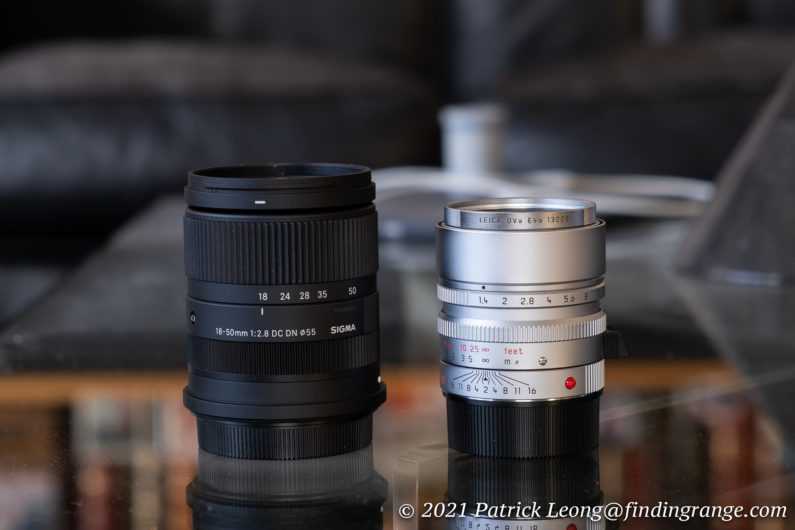
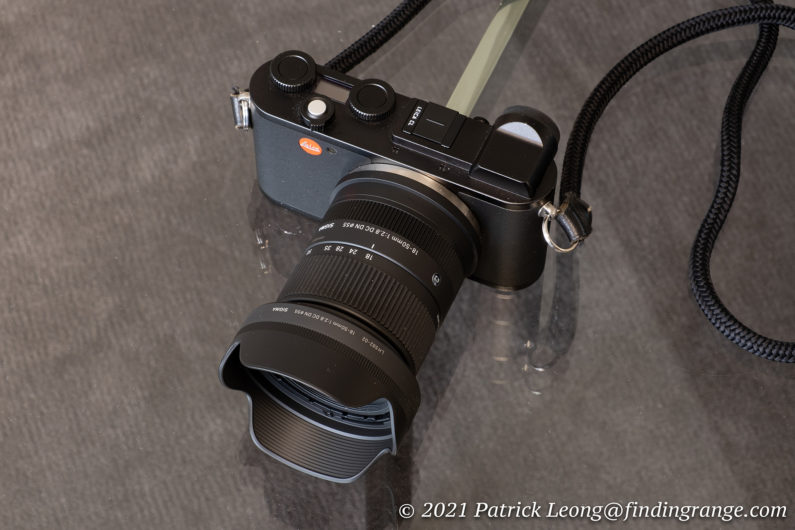


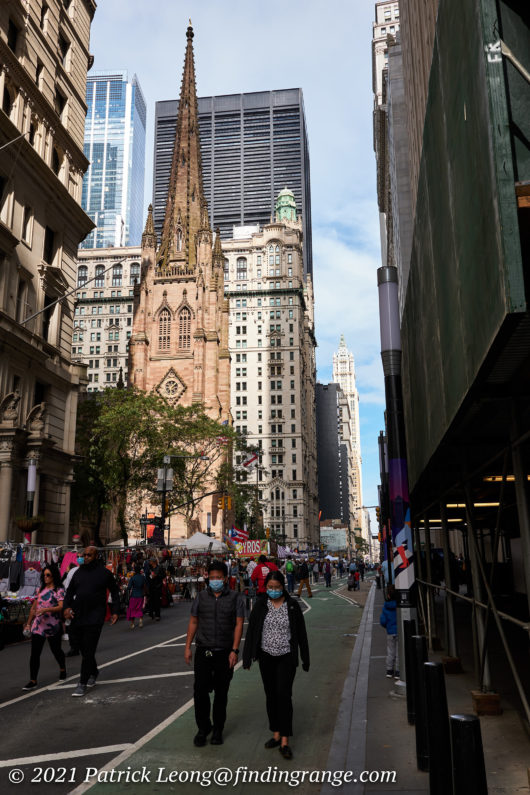
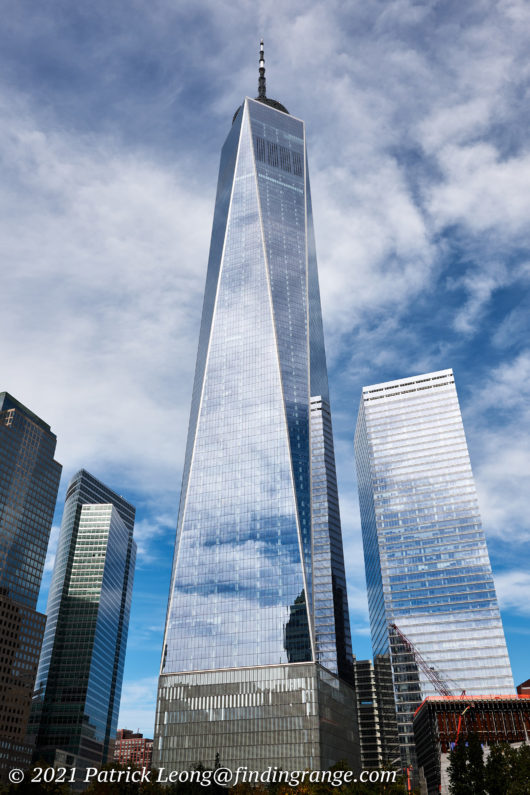
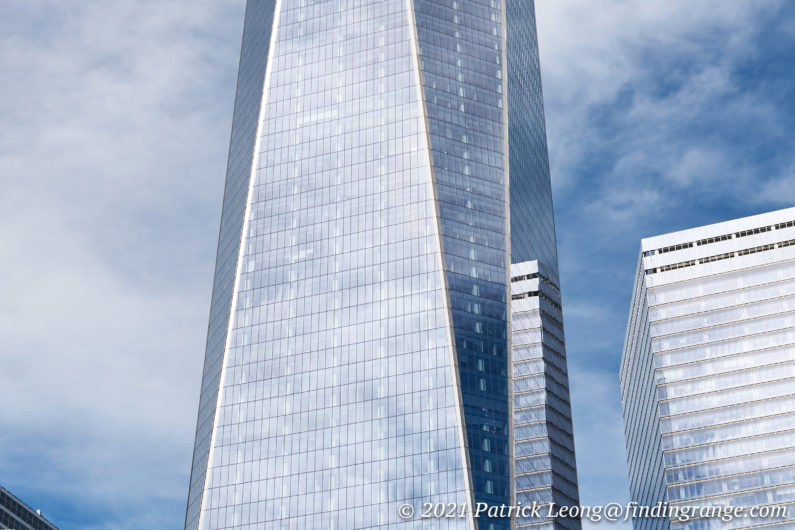

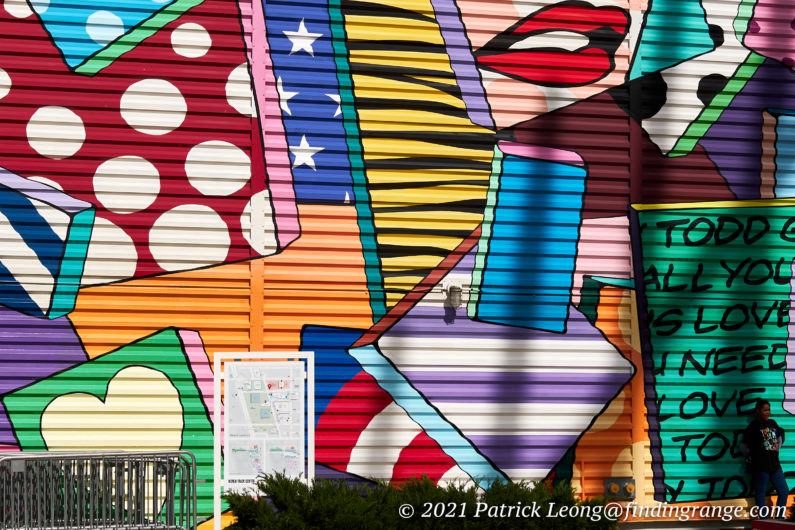
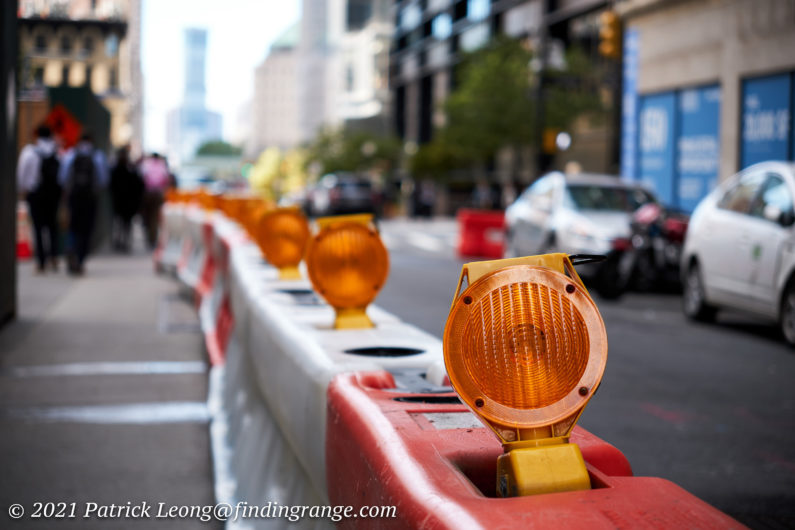

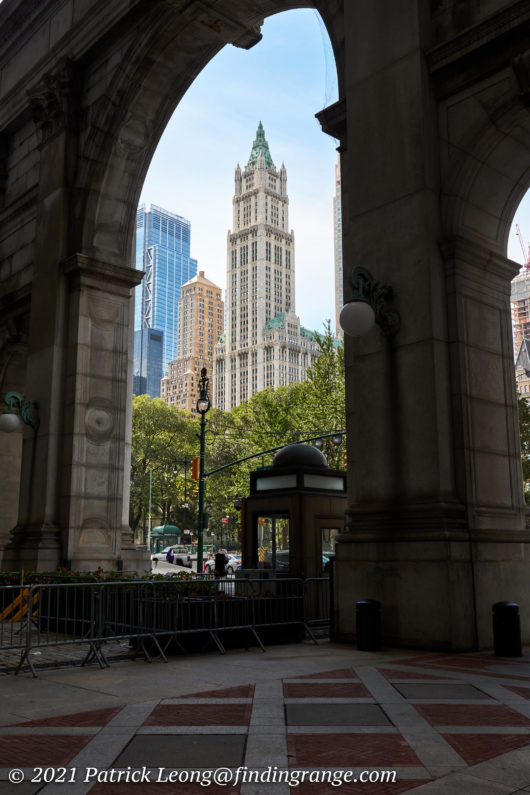
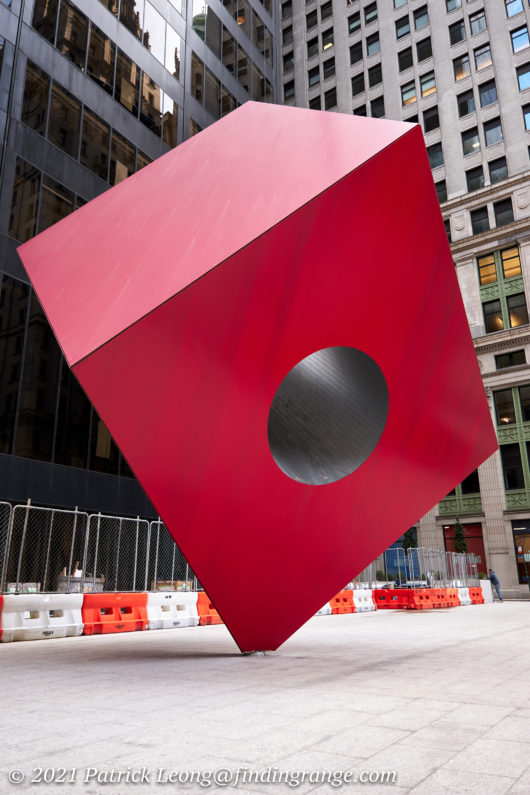
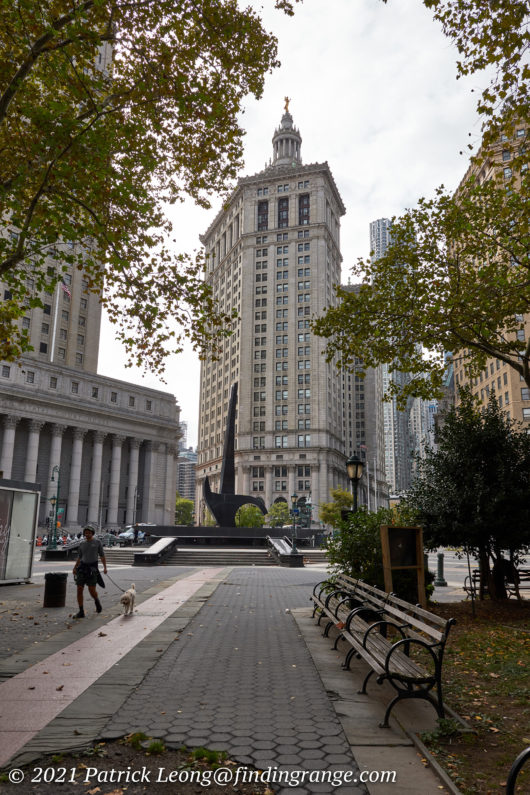

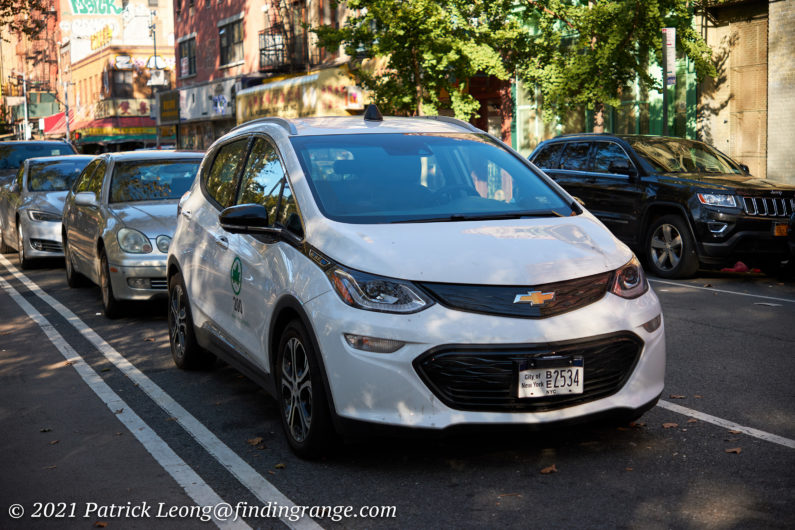

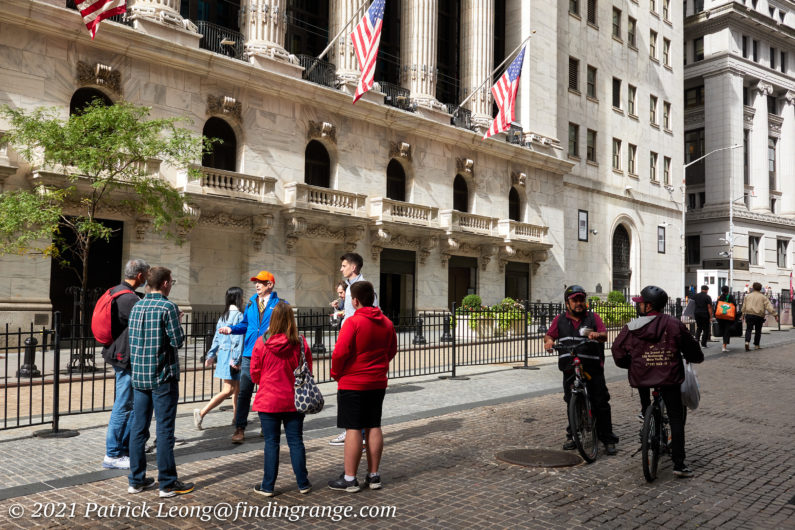
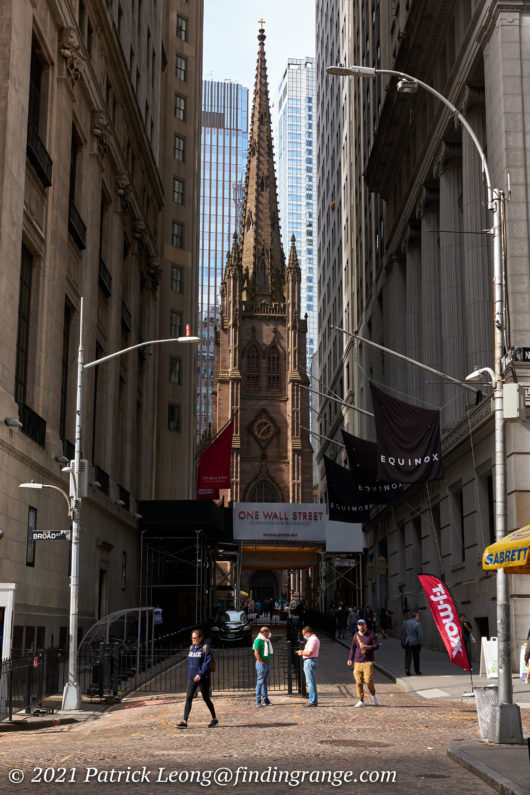
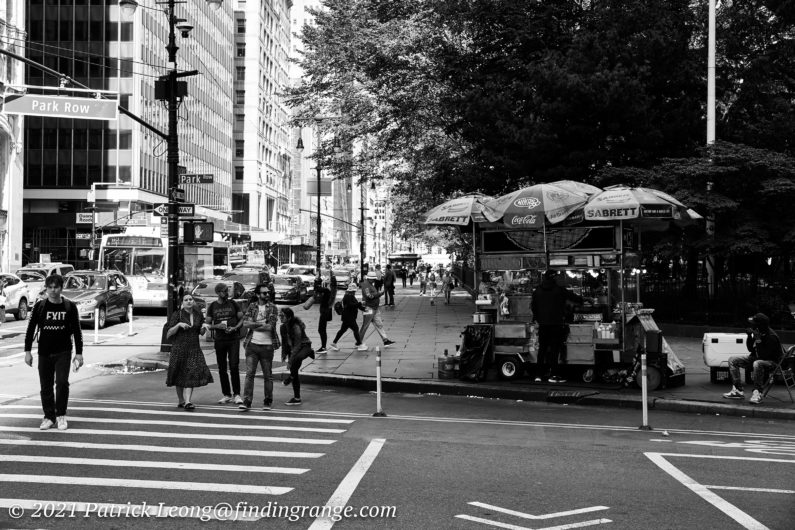
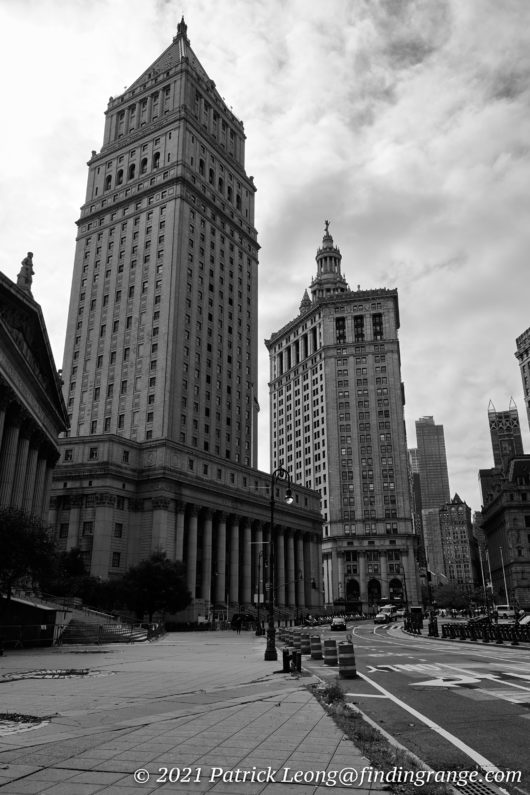
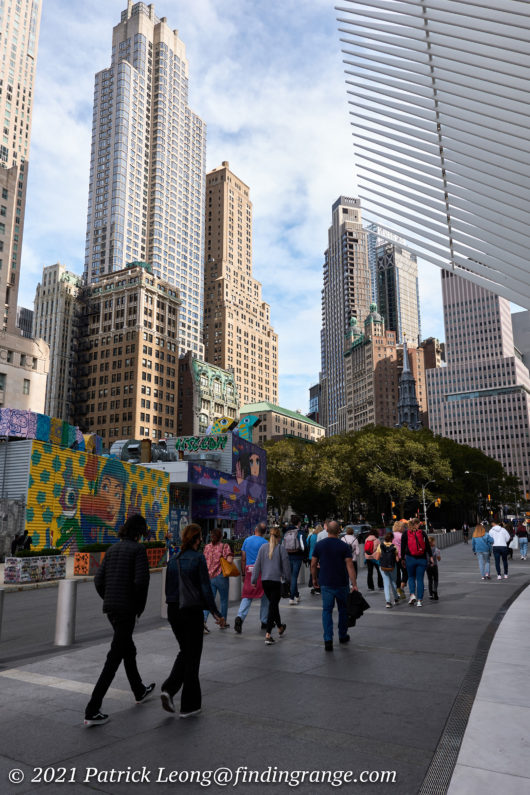
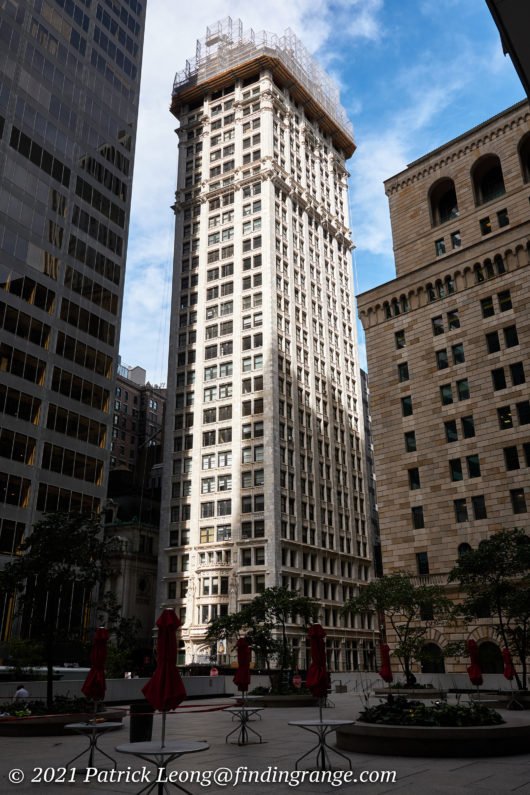
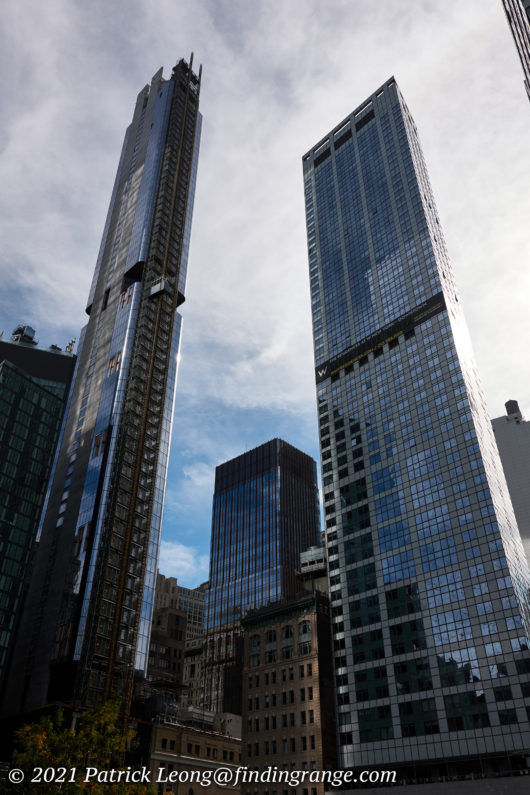
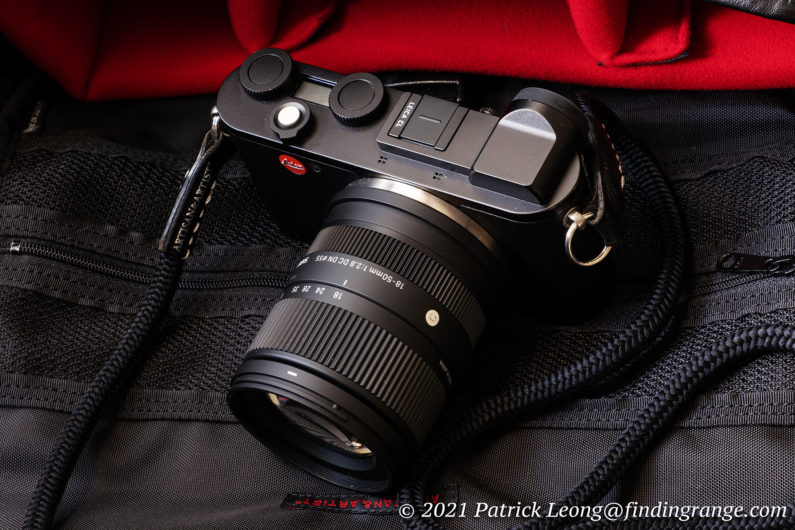
Hi Patrick. A very encouraging review, thank you. How would you compare it to Leica
Sorry, did not finish. How would you compare it to the standard Leica TL18-56? Just wondering if the Sigma lens may now be a better choice
Hi Robert,
Apologies for the late reply, and thank you for taking the time to read my review!
I have not used the Leica 18-56mm yet, so I can’t really say which one I would prefer. Leica definitely makes great glass though. There’s no doubt about that.
With that said, Sigma also makes great glass, and the 18-50mm is a very nice offering. You’re getting something here that is compact, works great with the CL, and has a fixed f2.8 aperture, which is a huge deal when you compare it to the Leica’s f3.5-5.6 max aperture range. It’s not even about getting a shallow depth of field look; this is an all-around zoom, and for some, this may even be the only lens they’re carrying on vacation, for example. Having that fixed fast max aperture helps a lot in all types of conditions. Who wants to have to crank up the ISO to insane speeds just to get a decent shot only to find out it’s very noisy, right?
Best,
Patrick
Best,
Patrick
Nice review. Thanks. Did you try this on the SL2?
Hi Gary,
Apologies for the late reply, and thanks for reading my review! I did not get a chance to try it on the SL2.
Best,
Patrick
I have an SL2 and plan on buying this lens to test. I’ll let you know.
Hi Gary!
Let me know how it goes!
Thanks,
Patrick
Nice review — was wondering about this lens and it’s quality, given the price. Might just pick one up! Thanks for taking the time.
Hi Giles,
Apologies for the late reply! Thanks for taking the time to read my review! Let me know what you think, if you decide on buying one. Have a great weekend,
Best,
Patrick
Hi Patrick, great review. This is the review I want to read because most of review they tried this lens on Sony E mount. Thanks
Hi Thang,
Thanks for the kind words and for taking the time to read it!
I am glad it helped you. If you have any questions, please feel free to ask! Have a great weekend,
Best,
Patrick
Does the CL (with latest 4.1 firmware) recognize the Sigma 18-50mm lens? In other words, does that lens call up the specific “Lens Profile” for it in the Leica CL camera?